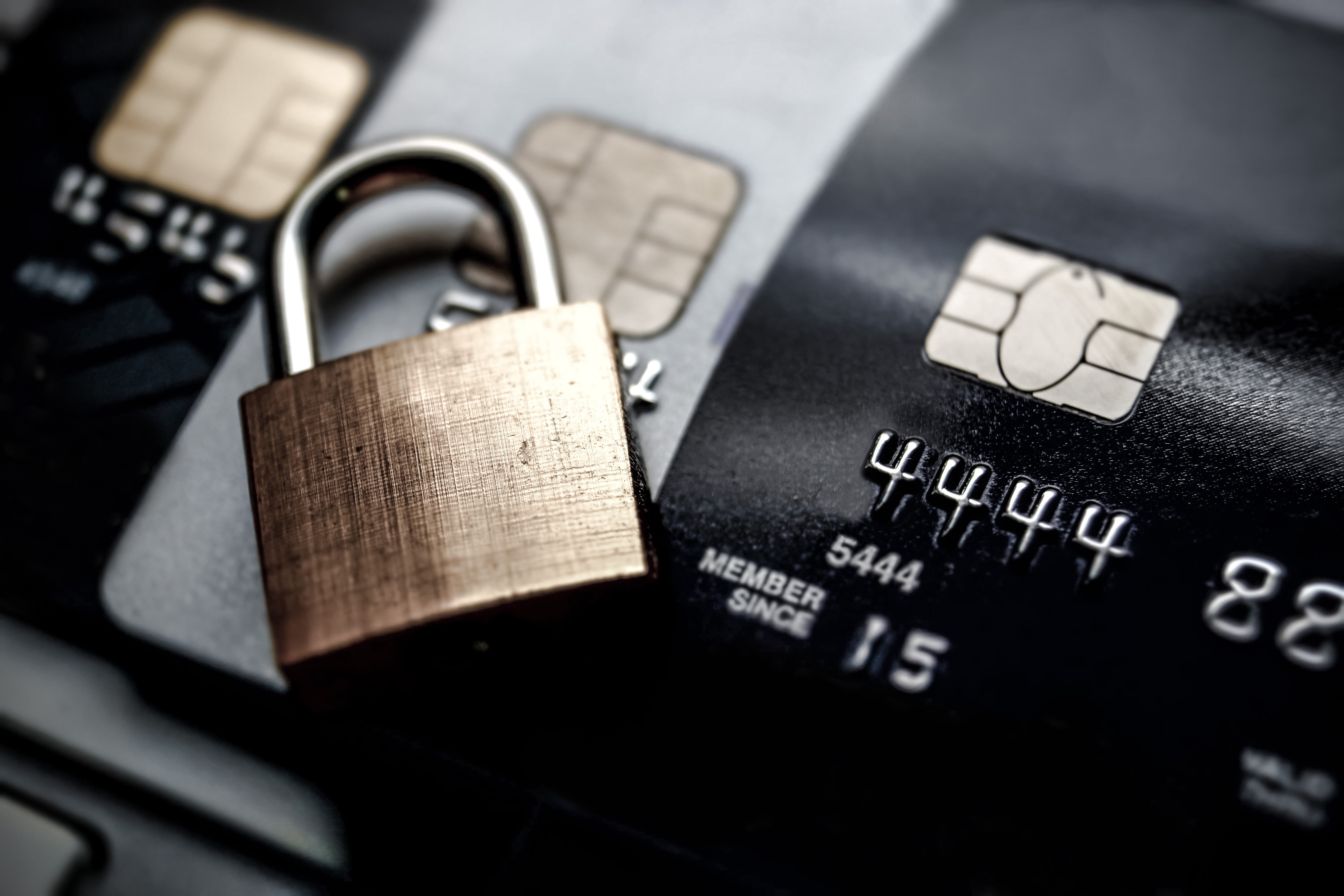
According to the Federal Trade Commission (FTC), more Americans are being impacted by credit card and debit card fraud every year. Roughly 450,000 cases of credit card fraud were reported to the FTC in 2024 alone.
This type of fraud occurs when someone uses another person’s card information without authorization to make purchases or withdraw funds. Put simply, it’s identity theft – and it can lead to unauthorized charges, account takeovers, and damage to your credit score. (Visit the Nebraska Attorney General’s “Protect the Good Life” website for resources on ID theft, including credit/debit card fraud.)
How It Happens
As highlighted by this handout from the Office of the Comptroller of the Currency, credit card and debit card fraud doesn’t always involve a lost or stolen card. It can occur in more subtle and sophisticated ways:
-
Skimming devices, which can be often hidden on gas pumps or ATMs, steal card data when you swipe your card. To avoid becoming a victim of these devices, use the “tap” feature on your card, pay at the register for fuel, or go directly to a bank to make a withdrawal.
-
Phishing scams take place when fraudsters send fake emails or texts to get you to share personal information, including usernames and passwords. These scams can even involve messages promoting a job offer.
-
Mail fraud occurs when a fraudster intercepts a credit or debit card from the mail before the account holder receives it.
-
Data breaches occur when hackers infiltrate retail or financial databases and steal many card numbers at once. To help prevent this, don’t store your card information online.
-
Online theft can take place on malicious websites or unsecured Wi-Fi connections that may expose your payment info when you shop online. (Fraudsters also target smartphones to access card information stored on these devices.)
-
Account takeover happens when criminals use stolen personal information (like your social security number or birthdate) to open new credit cards in your name.
Be Smart With Your Card
-
Don’t lend your credit card to anyone.
-
Never share card details with anyone.
-
Monitor your accounts regularly – and set up alert for all transactions to help detect unauthorized charges.
-
Use caution with ATMs and point-of-sale terminals.
-
Report lost or stolen cards immediately.
Use Safe Online Habits
-
Shop only on secure websites (look for “https://”).
-
Avoid public Wi-Fi when accessing financial sites or shopping online.
-
Never click on suspicious links in emails or texts.
-
Use strong, unique passwords for your financial accounts — and change them regularly.
-
Enable two-factor authentication on your bank and credit card logins.
-
Never charge your phone or computer via public USB charging stations.
Stay Alert and Monitor Activity
-
Sign up for transaction alerts via text or email from your card issuer.
-
Review your statements every month – even for inactive cards.
-
Check your credit report at least once a year for unfamiliar accounts.
-
Set up a credit freeze or fraud alert if you suspect ID theft.
What to Do If You Spot a Fraudulent Charge
Some key warning signs of credit card or debit card fraud include unfamiliar transactions on your bank or credit card statements; small-dollar authorizations or transactions used to “test” an account prior to larger transaction activity; and notifications from your bank of unauthorized account activity.
If you notice suspicious activity on your card, act immediately by taking the following steps:
-
Contact Your Credit Card Issuer: When you see an irregularity on your account (not in a fraudster’s message) contact your bank, credit union, or card company immediately using the number of the back of the card. Consumers are protected under the Fair Credit Billing Act, which limits consumer liability to $50 for unauthorized charges before the report – and prohibits liability for charges made after the theft is reported.
-
Check All Accounts: Review recent activity across all credit and debit cards, especially if your stolen card is stored in apps or auto-payment systems.
-
Place a Fraud Alert on Your Credit Reports: Request a fraud alert on credit reports by contacting one of the three major credit bureaus. The first bureau contacted will inform the other two. A fraud alert lasts a year and makes it more difficult for identity thieves to open new accounts in your name. Phone numbers for the credit bureaus are as follows:
-
Equifax: 1-800-525-6285
-
Experian: 1-888-397-3742
-
TransUnion: 1-800-680-7289
-
-
Freeze Your Credit: Contact each of the credit bureaus (Experian, Equifax, and TransUnion) to request a credit freeze, which blocks access to your credit file entirely. Even if someone has your Social Security number, they can’t open new lines of credit. You can freeze and unfreeze your credit for free at each bureau’s website. Freezing your credit does not affect your credit score, and you can temporarily lift a freeze when you need to apply for credit.
-
File a Report With the FTC: Visit IdentityTheft.gov to document the fraud and receive a personal recovery plan.
-
File a Police Report: Contact or visit local law enforcement to file a report with all the relevant information and documentation. Retain a copy of the report for your records and to provide to financial institutions and credit bureaus.
